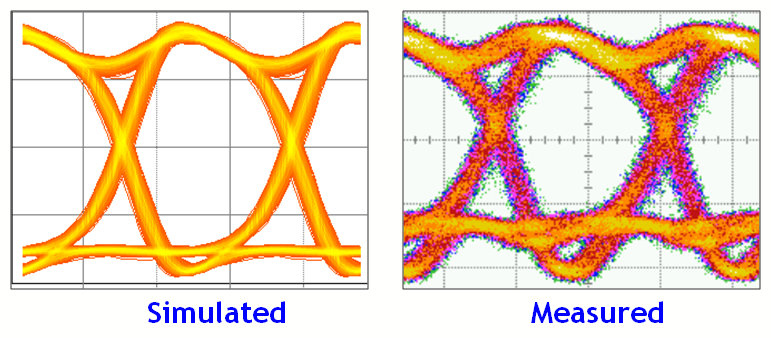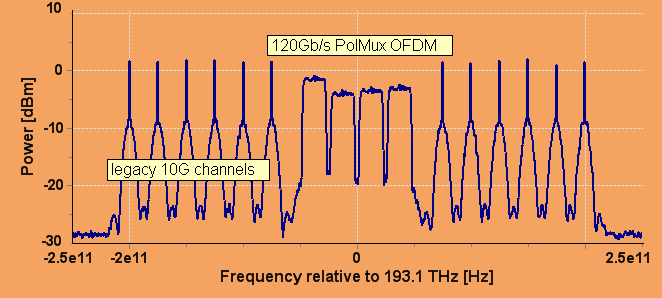
Evaluate crosstalk and dynamics in reconfigurable DWDM networks due to power transients and test countermeasures
Validate network design scenarios using link performance analysis functions and the VPIdesignRules application
Provide stress-test environment for impairment-aware routing mechanisms

VPIdesignRules interface allows automatic check of engineering rules
Explore several Tbit/s systems using C, L and S band windows
Design ultra long-haul amplified systems and submarine systems
Design high-capacity WDM systems based on Raman, hybrid amplification or digital coherent technology
Quantify fiber-induced signal degradations resulting from CD, Kerr, PMD, SRS, SBS and reflections
Dimension FTTx/PON systems including BPON, G(E)PON, WDM-PON, coherent PON and RSOA-based bi-directional PON
Design analog and digital CATV, radio-over-fiber, and microwave photonic links
Equalize DMD-induced distortions in multimode systems
Explore Free-Space Optics (FSO) communication systems
Select optical amplification scheme (EDFA, Raman, SOA, OPA) in CWDM /DWDM systems

Design long haul & high-capacity transmission systems
Design high-performance & cost-effective transceivers for 400G and Terabit Ethernet using coherent detection and digital signal processing (DSP)
Develop effective DSP methods for digital adaptive electronic equalization and precompensation
Identify critical design parameters including laser chirp, RIN, amplifier gain-tilt and noise, path loss, and filtering
Design Interferometric Fiber Optic Gyroscope (iFoG)
Define requirements for analog or digital electronics devices (TIA, RF amplifier, clock, ADC, DAC)

Simulated and measured eye-diagram (43Gb/s DPSK)
Evaluate new aggregation formats such as optical CDMA and optical SCM-OFDM
Compare modulation formats such as dual-polarization and set-partitioning mQAM
Investigate benefits of coded modulation
Compare the robustness of various modulation formats (PM-QPSK, PM-BPSK, PM-QAM, OFDM, etc.)
Test various DSP algorithms and compare them with state-of-the-art algorithms provided with the software
Select technologies (CWDM, PON, ROADM, RSOA) and topologies of aggregation and distribution networks
Compare the robustness of different 16QAM constellations
Investigate the feasibility of upgrading analog HFC networks with digital services
Consider distributed Raman amplification (DRA) to increase the capacity of existing systems
Investigate the feasibility of adding 100G channels in legacy 10G or 40G systems

Investigate nonlinear interactions between 100G OFDM channels and legacy 10G channels
